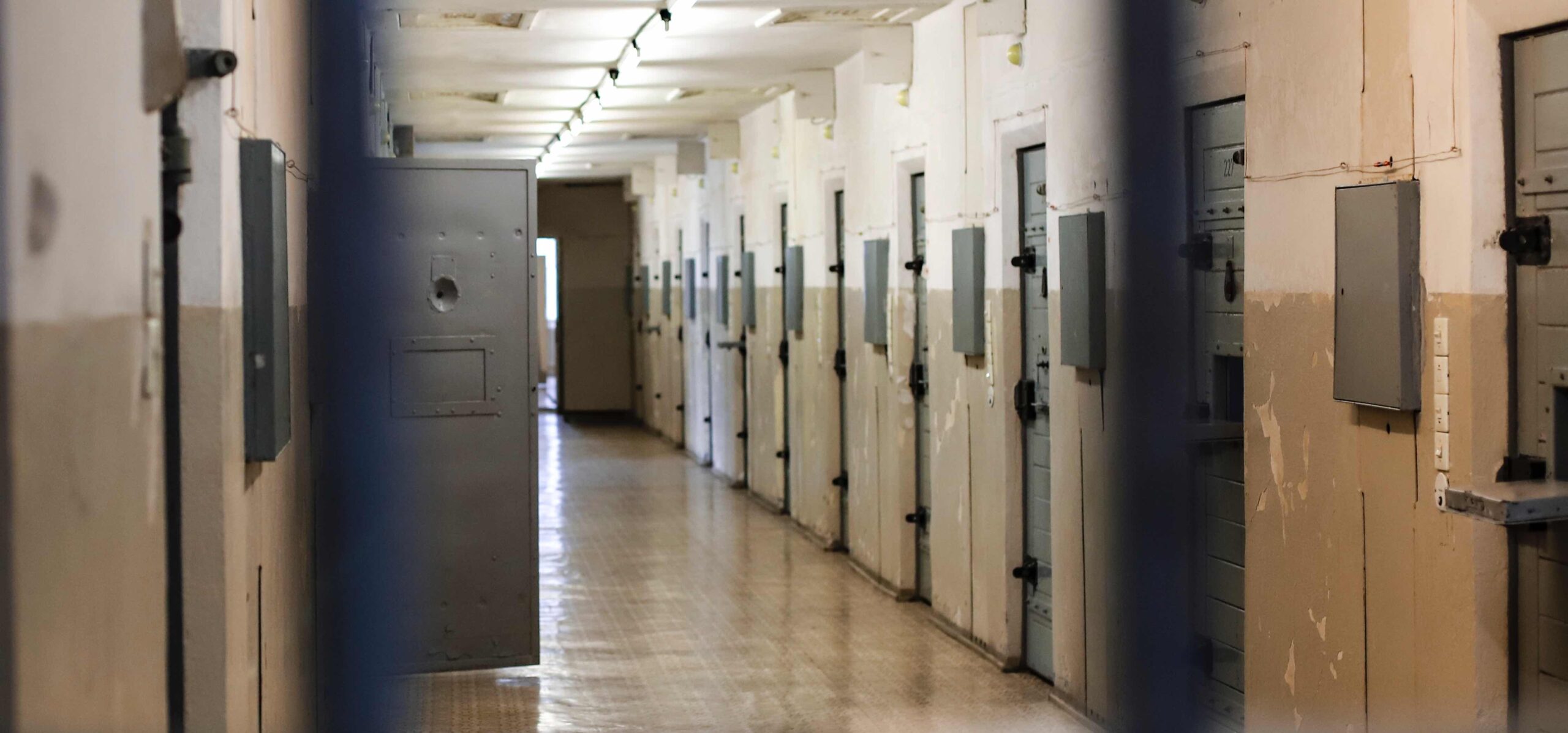
Why there is an increasing number of older adults in Australian prisons
The number of older adults in Australian prisons is on the rise (Shaw et al., 2018). In the general population, we typically classify people who are 65+ years as ‘older adults’. However, older age is considered to have an earlier onset in prison populations – about 10 years earlier (Shaw et al., 2018). The reason may be “previous lifestyle choices such as drugs and/or alcohol use or poor eating habits but the prison environment also may act to increase the ageing process” (Shaw et al., 2018, p. 1).
“The fastest growing group in corrective facilities in Australia are those aged over 65 years.” (Shaw et al., 2018)
One contributor to the ageing prison population is “an increase in the number of older males being charged and convicted of historical sexual abuse” (Shaw et al., 2018). As noted by one of the prison chaplains in Shaw et al’s (2018) interview-based study, the number of older adult sex offenders in Australian prisons is going to continue rising.
Another contributor is that individuals who have received long sentences because of the severity of their crimes as a younger person are now reaching older adulthood in prison (Shaw et al., 2018).
The older adult prison population also includes repeat offenders. For example, in the Australian State of New South Wales (NSW) “between 2000 and 2016, 28.5% of inmates aged 45 years and above were reoffenders” (Shaw et al., 2018). The kinds of crimes committed by older adult reoffenders differ by gender. For female reoffenders, crimes typically include “drug-related offences (possession and dealing), harassment, and threatening behaviour and bail breaches” (Shaw et al., 2018, p. 2). For male reoffenders, crimes typically include “violent/sexual offences, drug offences, justice procedural offences and property offences” (Shaw et al., 2018, p. 2).
Some of the chaplains interviewed by Shaw et al. (2018) suggested that law enforcement and courts now have an increased appetite to charge and prosecute older offenders, compared to historically, and that prison sentences are being applied more readily.
“So there is both recent and older charges. But the atmosphere to litigate or to take action has been increased.” Chaplain no. 4
“. . . magistrates are perhaps being a little bit stricter and rather than giving a few extra warnings or something along those lines, it seems that they move a little bit quicker towards custodial sentencing.” Chaplain no. 8(Shaw et al., 2018, p. 4)
References
Shaw, R., Stevens, B., Paget, J., & , P. (2018). Ageing in corrective services: From the perspective of prison chaplains. Psychiatry, Psychology and Law. DOI: 10.1080/13218719.2018.1483275
Photo
Photo by Matthew Ansley on Unsplash
